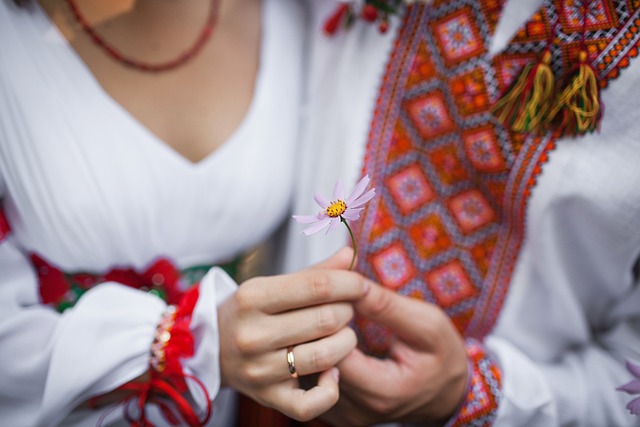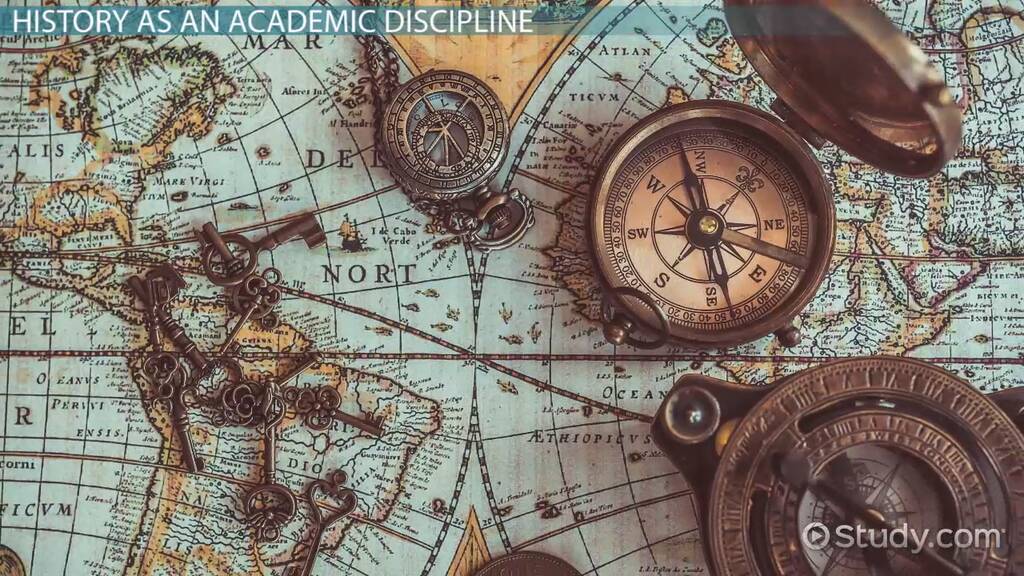
The tapestry of culture's rich history is a complex weave, interwoven with threads of time.
This article delves into the intricate origins of ancient civilizations, the transmission and preservation of cultural traditions, the exploration of beliefs and rituals, and the evolution of language and communication.
Additionally, it examines the impact of cultural exchange and globalization on these diverse threads that shape our world.
Through detailed analysis and insightful observations, we unravel the intricate tapestry that defines human civilization.
Key Takeaways
- Writing systems such as cuneiform and hieroglyphics symbolized the development of complex societies and were key aspects of ancient civilizations.
- Oral traditions, folklore, and storytelling played a crucial role in the transmission of cultural knowledge and practices across generations.
- Beliefs, rituals, and cultural practices not only preserved cultural heritage but also provided individuals with a sense of identity and belonging within their cultural context.
- Language and communication, both oral and written, played a significant role in shaping human societies and recording and preserving information.
Ancient Civilizations: Uncovering the Origins
The origins of ancient civilizations can be traced back through the examination of archaeological evidence and historical records. The evolution of writing systems is one key aspect that sheds light on the emergence of these early societies. From the cuneiform script in Mesopotamia to hieroglyphics in Egypt, written language played a pivotal role in recording and preserving knowledge. These early writing systems not only provided a means for communication but also symbolized the development of complex societies with organized governments and economies.
Another remarkable feature of ancient civilizations is their architectural marvels. From the pyramids of Giza to the ziggurats of Mesopotamia, these grand structures showcased the ingenuity and engineering capabilities of these ancient peoples. They served both practical purposes, such as religious or administrative centers, as well as symbolic ones, representing power and authority.
By examining the origins of writing and exploring their architectural achievements, we can gain valuable insights into how ancient civilizations emerged and flourished, leaving behind a rich tapestry that continues to shape our understanding of human history today.
Cultural Traditions: Passing Down the Legacy
Cultural traditions are perpetuated through the process of transmitting knowledge and practices from one generation to another. Intergenerational transmission plays a pivotal role in preserving cultural heritage, ensuring that customs, beliefs, and values are passed down through time.
One effective method of cultural preservation is through folklore and storytelling, which have been used for centuries as a means of conveying important lessons and preserving history. Oral traditions allow for the transmission of intricate details that may not be captured in written records, providing a deeper understanding of cultural practices and beliefs.

These stories serve as a link between past and present, connecting individuals to their roots and fostering a sense of identity within communities. By actively engaging in the intergenerational transmission of cultural traditions, societies can ensure the continuation of their rich legacy for future generations to come.
Beliefs and Rituals: Exploring the Spiritual Aspect
Exploring the spiritual aspect, beliefs and rituals play a significant role in preserving and promoting cultural heritage. Spiritual practices encompass a wide range of activities that are deeply rooted in cultural traditions and beliefs. These practices serve as a means for individuals to connect with their inner selves, their community, and the divine.
Sacred ceremonies are an integral part of these spiritual practices, serving as important milestones in an individual's life or marking significant events within a community. These ceremonies often involve specific rituals, prayers, chants, or dances that hold deep symbolic meaning.
Through these practices and ceremonies, cultural heritage is not only preserved but also celebrated and passed down from generation to generation. They provide a sense of identity and belonging for individuals within their cultural context while fostering a deeper understanding of the collective history of a society.
Evolution of Language and Communication
Evolution of language and communication is a complex process that has played a crucial role in shaping human societies throughout history. The development of language allowed early humans to communicate their thoughts, emotions, and ideas, forming the foundation for social interaction and cooperation.
Initially, oral tradition was the primary means of transmitting information from one generation to another. This method relied heavily on memory and storytelling skills. However, with the advent of written language, knowledge could be recorded and preserved for future generations.
Written language not only provided a more permanent form of communication but also allowed for the dissemination of ideas across time and space. It enabled the growth of civilizations by facilitating trade, governance, education, and cultural exchange.
The evolution of language and communication has undoubtedly been instrumental in weaving together the intricate tapestry of culture's rich history.
Keywords: oral tradition, written language

Impact of Cultural Exchange and Globalization
The Impact of Cultural Exchange and Globalization can be observed in the interconnectedness of societies and the diffusion of ideas, customs, and practices across geographical boundaries. This phenomenon has resulted in cultural assimilation, where different cultures blend together, creating a rich tapestry that reflects the diversity of human experiences.
Cultural exchange promotes understanding between nations, fostering tolerance and acceptance. It allows individuals to appreciate different perspectives and learn from one another's traditions.
Additionally, globalization has significant economic implications as it facilitates trade and commerce on a global scale. The exchange of goods and services across borders has led to increased economic growth for many countries. However, it also brings challenges such as inequality and exploitation.
Overall, the impact of cultural exchange and globalization is far-reaching, shaping both society's identity and its economic landscape.
Frequently Asked Questions
How did ancient civilizations develop their writing systems?
Ancient civilizations developed their writing systems through a gradual process of evolution and innovation. The origins of writing can be traced back to early pictographic symbols, such as hieroglyphics, which evolved over time into more complex systems capable of expressing abstract ideas and phonetic sounds.
What are some specific cultural traditions that have been passed down through generations?
Cultural celebrations and traditional crafts are examples of specific cultural traditions that have been passed down through generations. These practices provide a sense of identity, preserve heritage, and foster community cohesion.
How do different belief systems and rituals vary across cultures?
Cultural practices and religious customs vary significantly across cultures. These variations reflect the diverse beliefs, values, and traditions of different societies. Understanding these differences allows for a broader appreciation of human expression and fosters a sense of freedom in embracing cultural diversity.
How has language evolved over time and what impact has it had on communication?
Language transformation is a complex process influenced by numerous factors such as cultural interactions, technological advancements, and societal changes. These linguistic influences have shaped communication patterns throughout history, leading to the diverse languages we have today.
What are some examples of cultural exchanges that have shaped global society today?
Cultural assimilation and globalization have led to numerous examples of cultural exchanges that shape global society today. These include the spread of cuisine, music, clothing, and ideas, fostering a diverse and interconnected world where individuals enjoy the freedom to explore different cultures.

 SportsHollywoodLifestyleFashionHome & GardenTrendsPrivacy PolicyTerms And Conditions
SportsHollywoodLifestyleFashionHome & GardenTrendsPrivacy PolicyTerms And Conditions
